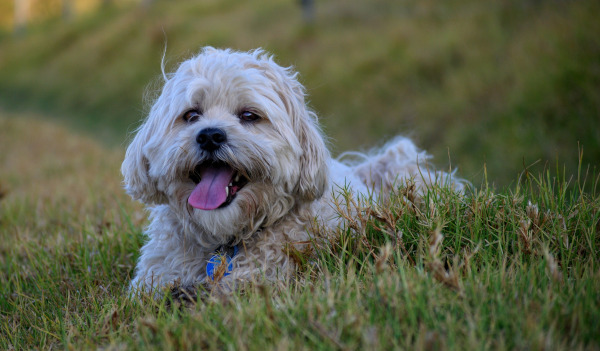
Feeding a raw diet to your dog can be a nutritious and healthy option, but it’s essential to do it safely and properly. Before switching your dog to a raw diet, consult with a veterinarian or a veterinary nutritionist to ensure it is suitable for your dog’s specific needs and health conditions. Here are some general guidelines for safely feeding a raw diet to your dog:
- Research and Plan: Take the time to research and understand the nutritional requirements of dogs. A balanced raw diet should include muscle meat, organ meat, raw meaty bones, vegetables, and some supplements. Avoid feeding toxic foods like onions, garlic, grapes, raisins, and chocolate.
- Quality Ingredients: Use high-quality, human-grade ingredients for your dog’s raw diet. Select fresh, organic, and free-range meats whenever possible to ensure your dog gets the best possible nutrition.
- Balanced Diet: Ensure that your dog’s raw diet is balanced and complete. A balanced diet provides all the necessary nutrients, vitamins, and minerals to meet your dog’s nutritional needs. If unsure, consider commercial pre-made raw dog food blends that are formulated to be nutritionally balanced.
- Gradual Transition: Switching to a raw diet should be done gradually. Start by introducing small amounts of raw food and slowly increasing the portion over a week or two. This helps your dog’s digestive system adapt to the new diet.
- Variety: Offer a variety of proteins and vegetables to provide a diverse range of nutrients. This variety mimics what a dog would eat in the wild and can help prevent nutrient deficiencies.
- Raw Meaty Bones: Raw meaty bones are an essential part of a raw diet. They help clean your dog’s teeth and provide mental stimulation. Ensure the bones are appropriate for your dog’s size and breed to prevent choking or dental issues.
- Hygiene and Food Safety: Keep food preparation areas clean, and wash your hands and utensils thoroughly after handling raw meat to avoid contamination.
- Portion Control: Determine the appropriate portion size for your dog based on their size, activity level, age, and overall health. Overfeeding can lead to weight gain, while underfeeding can result in nutritional deficiencies.
- Monitor Your Dog: Observe your dog’s health and behavior closely after switching to a raw diet. Look for any signs of allergies, digestive issues, or health concerns. If you notice any problems, consult your veterinarian.
- Be Patient: Each dog is different, and it may take time for your dog to adjust to a raw diet fully. Be patient and monitor their progress, making adjustments as necessary.
Remember, while some dogs thrive on a raw diet, it may not be suitable for all dogs. Always consult with a veterinary professional before making any significant changes to your dog’s diet. I buy raw for my Shih Tzu Cooper on https://rawdogfoodandco.com/
